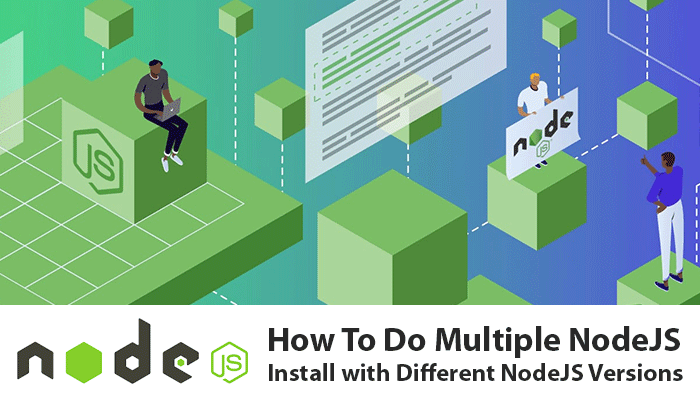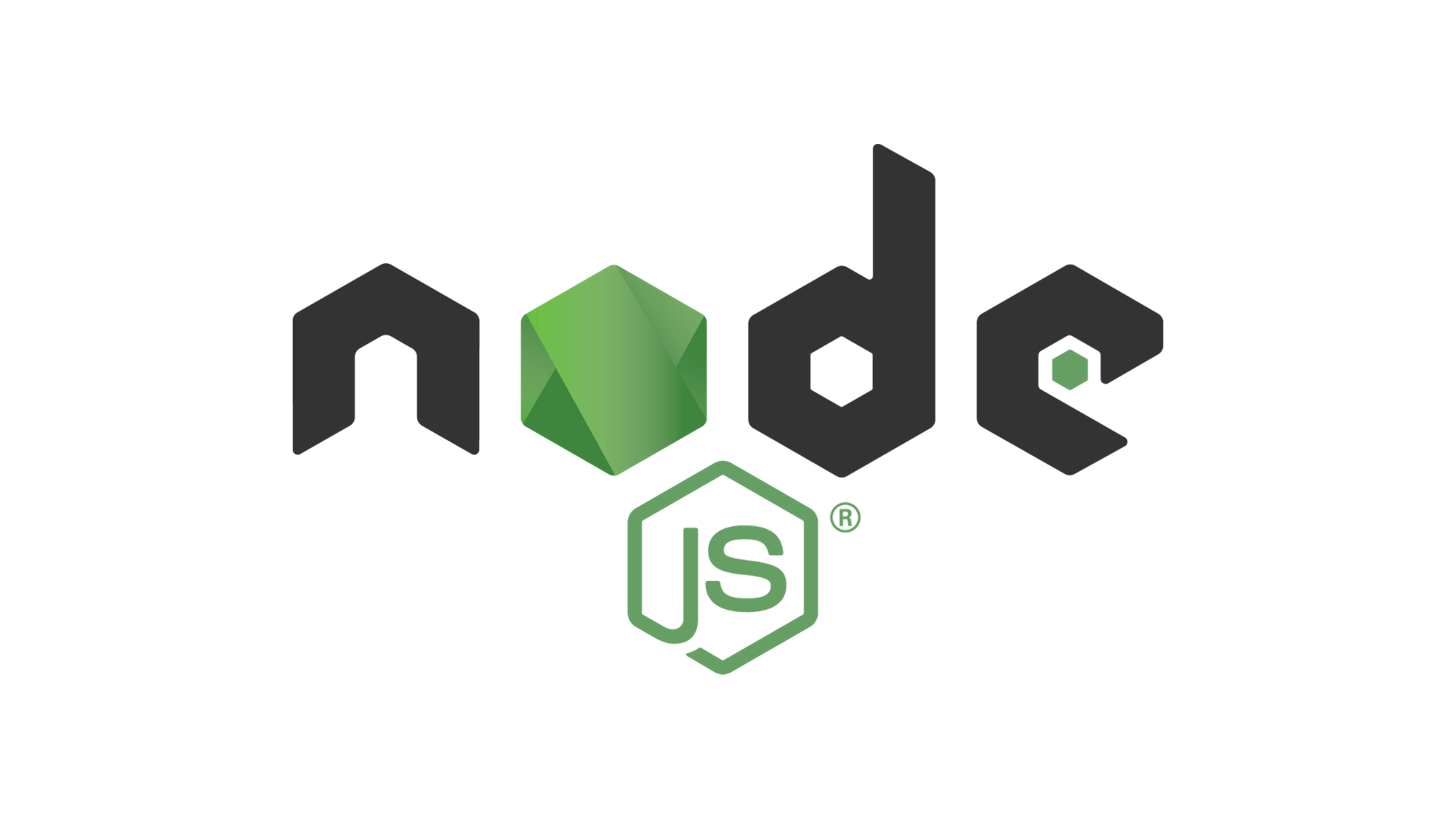

We can see that by using the default profile, the packages included in the installation are nodejs itself and npm, the Node Package Manager. Name : nodejs:8:20181011134412:9edba152:x86_64įor each available stream the list of packages included in each profile is displayed. By providing the -profile option, we specified that we want information about the available profiles.

The syntax of the command is intuitive: we used dnf with the module subcommand and the info action, to request information about the nodejs module. To see the list of packages that would be installed with each profile, we can run the following command: $ sudo dnf module info -profile nodejs For each stream, multiple profiles are available: different set of packages will be installed depending on which one is selected. We can also see that the former is marked as and therefore is set as the default one to be installed. What does this output tell us? First of all we can see that there are two versions (or “streams”) of Node.js available on the system: 10, and 8. Nodejs 8 development, minimal, s2i, default Javascript runtime Nodejs 10 development, minimal, s2i, default Javascript runtime

The output of the command shows the available modules and their status: Red Hat Enterprise Linux 8 for x86_64 - AppStream Beta (RPMs) Node.js is one of the applications included in the Appstream repository, therefore to check the versions of this Javascript runtime available on RHEL 8, all we have to do is to use module, a subcommand of dnf, the distribution package manager. The main advantage of using this paradigm is that it’s possible to choose between different versions of the same application or utility. The former contains the core packages needed by the operating system, while the latter hosts various types of software organized in modules. By default there are only two software sources enabled in the distribution: BaseOs and Appstream. $ – requires given linux commands to be executed as a regular non-privileged userĪs we saw in a previous article about install php on Rhel8, the version of Red Hat Enterprise Linux introduces a new way of organizing software in repositories. # – requires given linux commands to be executed with root privileges either directly as a root user or by use of sudo command Root privileges to install the needed packages The software needed to follow this tutorial is already included in a minimal installation of Rhel 8 Requirements, Conventions or Software Version Used

Software Requirements and Conventions Used Software Requirements and Linux Command Line Conventions Category


 0 kommentar(er)
0 kommentar(er)
